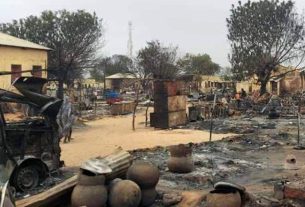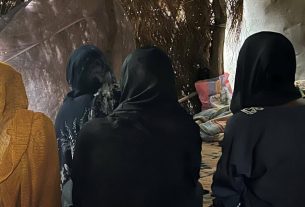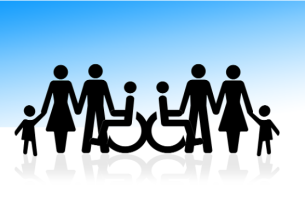Cuba, like most of the Caribbean, is one of the most disaster-prone countries in the world, regularly hit by natural hazards. In Santiago de Cuba, the EU helps UNICEF prepare students for the next natural hazard.
In 2017, hurricane Irma made landfall in Cuba. Weather stations recorded gusts of up to 250 km/h before the storm destroyed them. Over 14,000 homes were destroyed. Irma cost 10 lives and inflicted €13 billion worth in damages.
Island states are increasingly vulnerable to extreme climatic events, which are becoming more intense, unpredictable and frequent with climate change.
With EU aid, UNICEF and Cuba’s Ministry of Education prepare children to face and reduce their vulnerability to disasters.
Schools train pupils, explain the risks and set up drills. They also involve youths in developing the risk reduction plans for their schools and communities.
Jose Carlos Vega’s elementary school in Songo-La Maya has developed a very special math class. Facing expectant 6th-graders, the teacher reads the problem aloud:
“The neighbourhood has 27 sewers and drains – a health risk for people if water is contaminated by heavy rains. If ‘La Bicoca’ has a third of the drains, how many are there? And what precautions should the community take in the event of heavy rains?”, he asks.
“Families should be prepared to protect themselves in case an earthquake hits,” Jose Carlos says. His friend Lorena also explains that forest fires are very dangerous, so “you shouldn’t set a campfire in the forest or throw away lit matches.”
“Integrating Disaster Risk Reduction in education is crucial to saving lives and limiting a disaster’s impact,” says Daniela D’Urso, who heads EU humanitarian aid for the Caribbean.
Climate-related disasters are increasingly common in Cuba, as climate change makes many natural hazards more critical. With hurricanes, floods, or prolonged droughts, the country grapples with a range of environmental challenges.
“As students acquire knowledge and survival skills to protect themselves and face disasters, they become agents of change who replicate what they’ve learned within their households and communities,” Daniela D’Urso adds.
In the region of Songo-La Maya, the effects of climate change are undeniable. Locals face prolonged droughts and lack sufficient water for farming, which damages soils over time.
One of the main environmental issues is the contamination from liquid waste when rivers flood, as latrines are often close to water supplies.
“The project allows UNICEF Cuba to continue supporting the Ministry of Education and the Civil Defense, to strengthen the response capacity of the educational system by developing the resilience of learning spaces and communities vulnerable to multiple risks,” says Aimee Betancourt of UNICEF.
With EU humanitarian support, UNICEF reaches communities in the provinces of Santiago de Cuba and Granma. Boys and girls learn and teach first aid, develop multi-risk maps and foster community resilience despite climate change.
Disguised as “Mother Earth” for a school play, Irma Leina cries out in pain for her rivers, forests and living beings. Pointing to the multi-risk map her class drew, she explains why it’s important to know your environment in case of a disaster:
“If there’s a hurricane, we must be familiar with the Civil Defense alerts. If an earthquake surprises us at school, we should get under the table with our hands on our heads. If we are at home, we stay under the door frame,” she explains.
In the province of Santiago de Cuba 4,315 children participate in the project in 45 schools.
“Training them has been our fundamental action,” says Migdalia Escudero Vinent, of the Ministry of Education in the province. “We now have a system for the teaching staff, we hold disaster drills with students, and the community has embraced it.”



